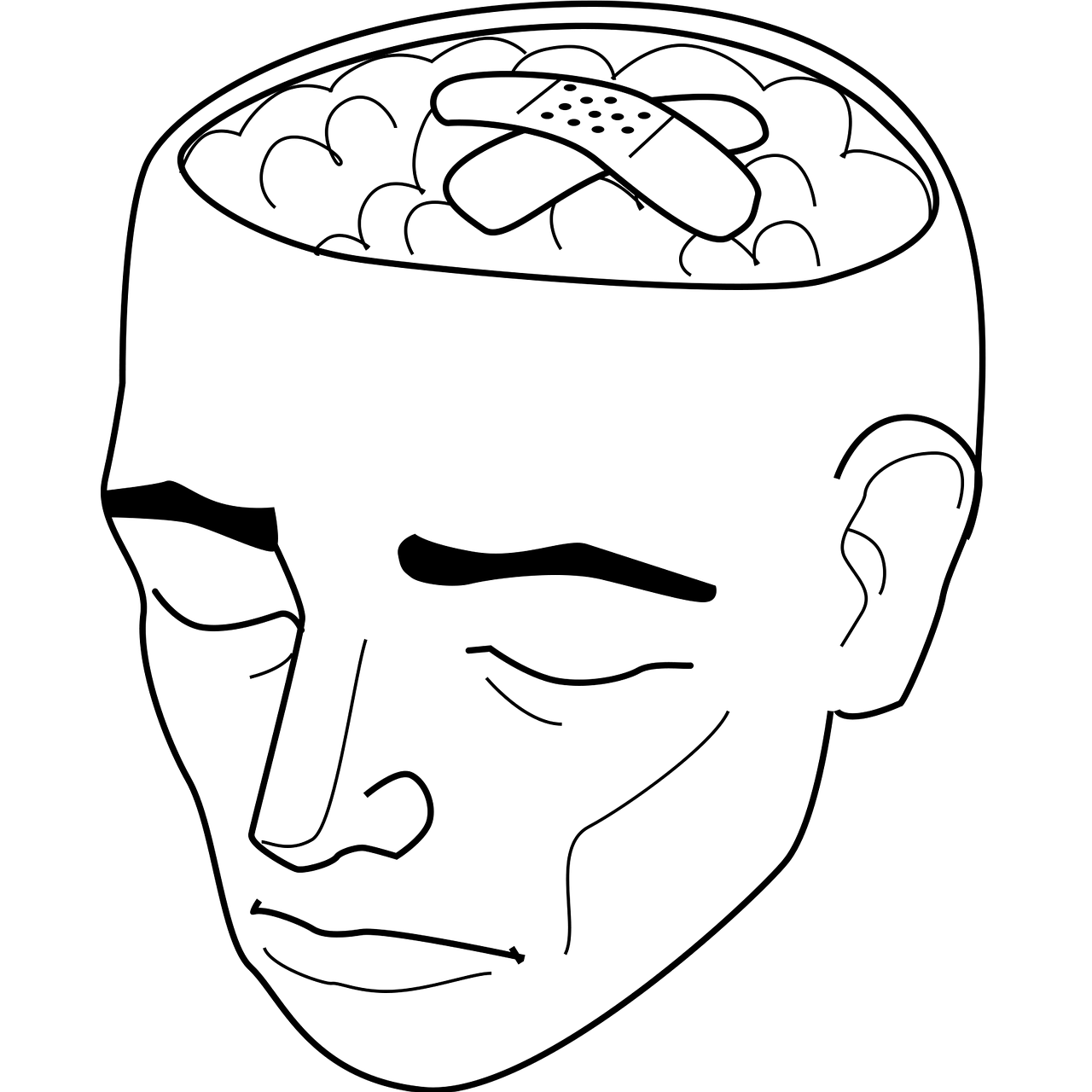A growing number of teens today struggle with complex emotional and psychological challenges rooted in traumatic experiences. For many families, the search for effective healing begins with understanding how adolescent trauma residential treatment can offer the structured care, safety, and therapeutic support their child needs. Trauma during formative years can deeply affect behavior, self-esteem, relationships, and academic performance. Without proper intervention, these impacts may carry into adulthood. A specialized residential program creates a stable environment where trained professionals assist adolescents in processing trauma and building resilience. This approach helps teens regain control of their lives while fostering emotional growth and long-term healing.
What Is Adolescent Trauma Residential Treatment
Adolescent trauma residential treatment is a highly structured and clinically guided program designed for teens who have experienced traumatic events such as abuse, neglect, violence, loss, or chronic stress. These programs provide round-the-clock care in a safe, supportive setting. Unlike outpatient therapy, residential treatment offers continuous supervision and therapeutic activities tailored to trauma recovery. Teens participate in individual counseling, group therapy, family sessions, and experiential therapies, allowing them to explore their emotions and experiences in a controlled environment. This level of care is particularly effective for teens whose trauma symptoms interfere with daily functioning, school engagement, or relationships.
Specialized Therapies Included in Adolescent Trauma Residential Treatment
The most effective adolescent trauma residential treatment programs use evidence-based therapies crafted to address the unique needs of trauma survivors. Cognitive-behavioral therapy helps teens identify harmful thoughts, emotions, and behaviors shaped by traumatic experiences. Trauma-focused cognitive-behavioral therapy may be used to gently guide teens through processing painful memories in a safe manner. Dialectical behavior therapy teaches emotional regulation, distress tolerance, and mindfulness skills essential for coping with overwhelming emotions. Many programs incorporate EMDR, a widely recognized trauma therapy that assists the brain in reprocessing traumatic memories. Alongside these clinical approaches, programs may offer expressive methods such as art, music, or movement therapy to provide additional outlets for healing.
Creating a Safe Environment for Emotional Healing
A crucial component of adolescent trauma residential treatment is the creation of a calm and structured living environment that promotes emotional stability. Teens who have experienced trauma often feel unsafe, overwhelmed, or hypervigilant. Residential settings reduce external stressors and triggers by providing predictable routines, consistent support, and trauma-informed care. Staff are trained to recognize trauma responses and respond with compassion and understanding. This nurturing atmosphere allows teens to rebuild trust, develop a sense of security, and engage fully in their therapeutic journey. For many adolescents, this is the first time they feel truly understood and supported.
How Trauma Impacts Adolescents and Why Residential Care Helps
Trauma affects adolescents differently, and its impact can manifest through behavioral changes, withdrawal, irritability, anxiety, self-harm, or difficulty concentrating. Some teens may experience rapid mood shifts, sleep issues, or academic struggles. Others may turn to unhealthy coping mechanisms that harm their physical or mental well-being. Adolescent trauma residential treatment addresses these issues by providing targeted interventions delivered by skilled clinicians. This level of care goes beyond treating symptoms and works to uncover the underlying emotional wounds. With the support of trained professionals and a therapeutic environment, teens learn healthier ways to cope, communicate, and navigate challenges.
The Importance of Family Involvement in Treatment
Family plays a significant role in the success of adolescent trauma residential treatment. Effective programs incorporate family therapy to repair damaged communication, increase emotional understanding, and strengthen relationships. Parents and guardians are encouraged to learn about trauma’s impact, understand their teen’s triggers, and develop healthier ways to support them. Workshops, educational sessions, and ongoing communication with the treatment team help families remain active participants in the recovery process. When families are involved, teens feel more supported and are more likely to maintain progress after returning home.
Rebuilding Confidence and Social Skills Through Structured Programs
Trauma can diminish a teen’s confidence, sense of identity, and ability to form healthy relationships. Adolescent trauma residential treatment offers a variety of therapeutic activities that help adolescents reconnect with themselves and others. Group therapy encourages connection and empathy, showing teens they are not alone in their struggles. Life-skills training teaches communication, conflict resolution, self-care, academic habits, and responsibility. Recreational therapy—such as outdoor activities, sports, or creative arts helps teens rediscover joy and build self-esteem. These experiences help them regain confidence and reestablish a positive outlook on life.
Long-Term Benefits of Adolescent Trauma Residential Treatment
The long-term benefits of adolescent trauma residential treatment extend far beyond the program itself. Teens who receive structured trauma-focused care often show improved emotional stability, stronger coping strategies, and healthier relationships with peers and family. They become more confident, more resilient, and more capable of handling life’s challenges. Many adolescents return to school with a renewed focus and better academic performance. Most importantly, they develop a deeper understanding of their emotions and triggers, reducing the likelihood of future crises. The healing that begins in residential treatment continues to shape their future in meaningful and positive ways.
Choosing the Right Adolescent Trauma Residential Treatment Program
Selecting the right adolescent trauma residential treatment program requires careful consideration. Families should look for accredited facilities staffed by licensed clinicians who specialize in trauma-focused care. It is important to review the program’s therapeutic methods, safety procedures, academic support, and family involvement opportunities. Speaking with the staff, touring the facility, and understanding the program’s philosophy can help families make confident, informed decisions. A high-quality program should empower both teens and families with tools for long-lasting healing.
Conclusion
Adolescent trauma residential treatment provides a safe, structured, and transformative path for teens who have experienced significant emotional pain. Through expert clinical care, supportive environments, personalized therapeutic plans, and meaningful family involvement, these programs give adolescents the tools they need to rebuild their lives. For families searching for hope, stability, and healing, a dedicated residential treatment program can be the first step toward a brighter and healthier future.



